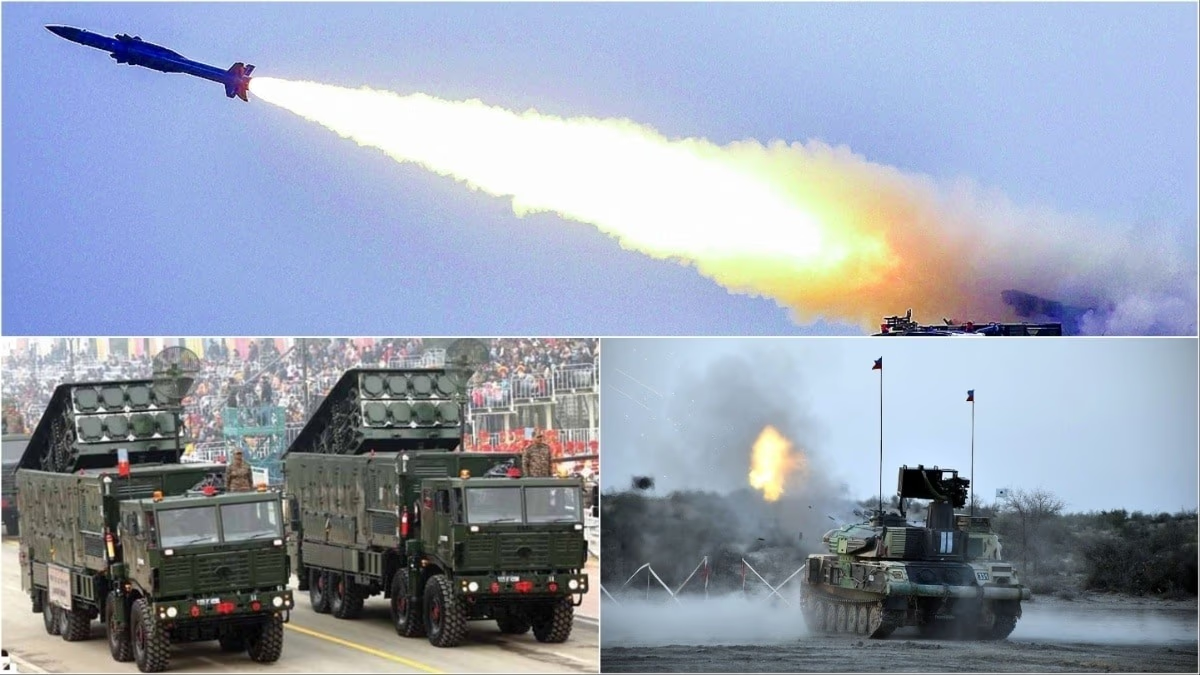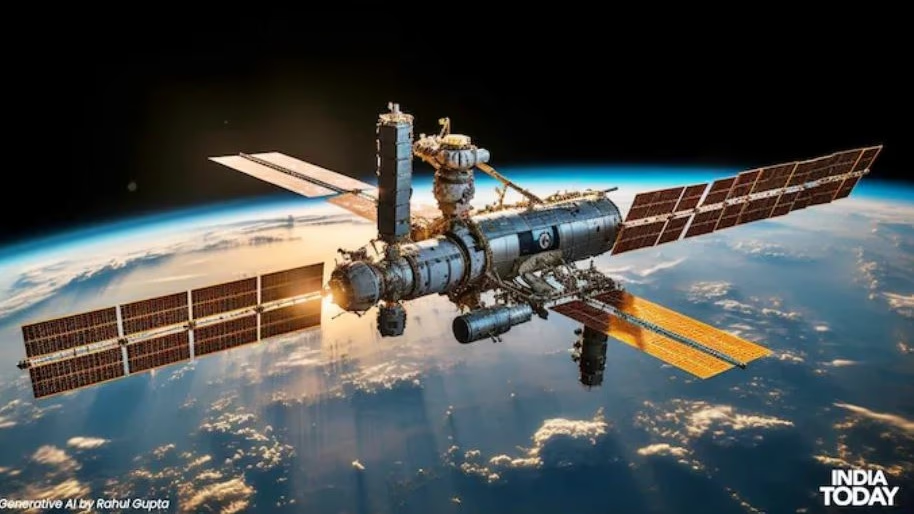War is making a comeback. Wealthy nations spend more on armaments, with NATO led by the U.S. planning to boost defense budgets over the next decade. The U.S. and its allies, including all 27 EU countries and the UK, already account for over half of global military expenditure. Poorer nations will face challenges in keeping up and might prioritize military spending over more crucial domestic needs.
The implications of NATO's new benchmark of five percent of GDP for defense—more than double the current goal—extend far beyond military balance. The effort aims to encourage Europe and Canada to invest more in their forces, reducing reliance on the U.S. for security. However, by 2024, nine out of NATO's 32 members still haven't met the two-percent promise made a decade ago in 2014.
Why it matters: It’s not just about the arms race. Redistributing public resources for defense comes with financial trade-offs that may affect health care, education, and infrastructure budgets, especially in developing nations where the impact is likely to be more pronounced.
Statistics show that, by 2024, global military spending reached $2,718 billion, representing a 37% rise since 2015. The 9.4% increase in 2024 was the largest since 1988. Military expenditure now equates to 2.5% of the world's GDP, or roughly $334 per person.
In 2024, the U.S. alone will account for about 37% of global military spending. China ranks second with 12%, while the European Union and the UK together hold 17%. Post-invasion of Ukraine, Russia reached 6%, whereas India allocates 3% of its budget to defense.
The rest of the world’s share fell from about 22% in 1994 to 25% in 2024, even as total military spending rose. The increase in global military spending in 2024 can be attributed to several countries. The U.S., the EU's 27 percent, and the UK comprise 54% of the total, constituting the core of NATO, which plans to enhance its defense budget following a recent agreement on June 25.
NATO plans to allocate 3.5% of GDP to defense and 1.5% to security by 2035, indicating a real annual increase of $800 billion. NATO's new spending plan suggests it sees what it calls the "great threat to Euro-Atlantic security from Russia."
In 2023, Israel allocated 9% of its GDP to defense, the highest among advanced economies. Japan is also increasing its defense budget. Since 2014, the U.S. and its allies have expanded their share of global military spending.
Conversely, China’s share has stabilized at just over 12%, and India’s growth, while steady, has been modest. Meanwhile, the rest of the world—including much of the global south—finds itself under pressure despite rising security needs.
The bigger picture: In recent years, armed conflicts and geopolitical tensions have intensified worldwide. For the second consecutive year, military spending has risen across all five global regions, highlighting increased geopolitical tensions across the globe.
The decade-long rise in global expenditure is partly due to increased spending in Europe, mainly driven by the ongoing Russia-Ukraine war and conflicts involving Israel in Gaza, Lebanon, Syria, and recently Iran.
Many countries have also committed to boosting military expenditure, likely causing further global increases in coming years. While a military boom can stimulate industrial activity in the short term, it also poses a risk of long-term fiscal strain.




